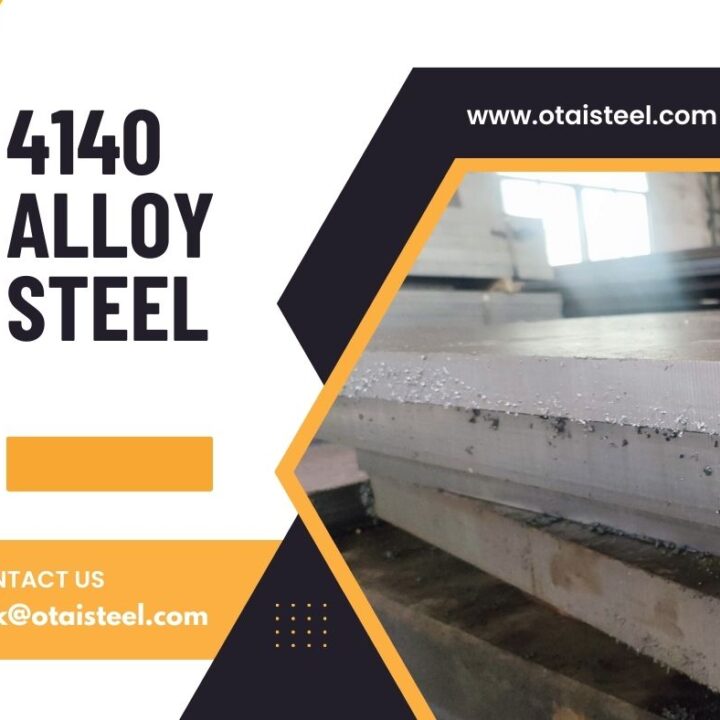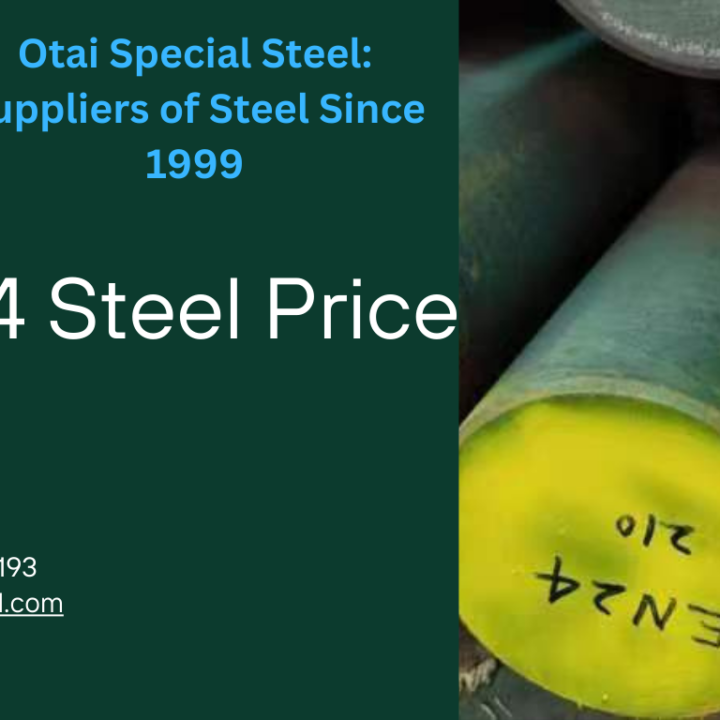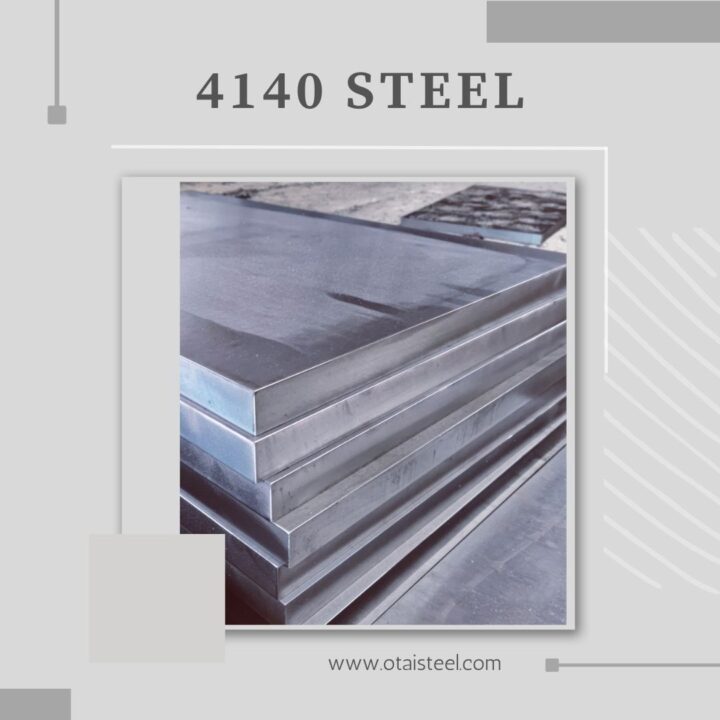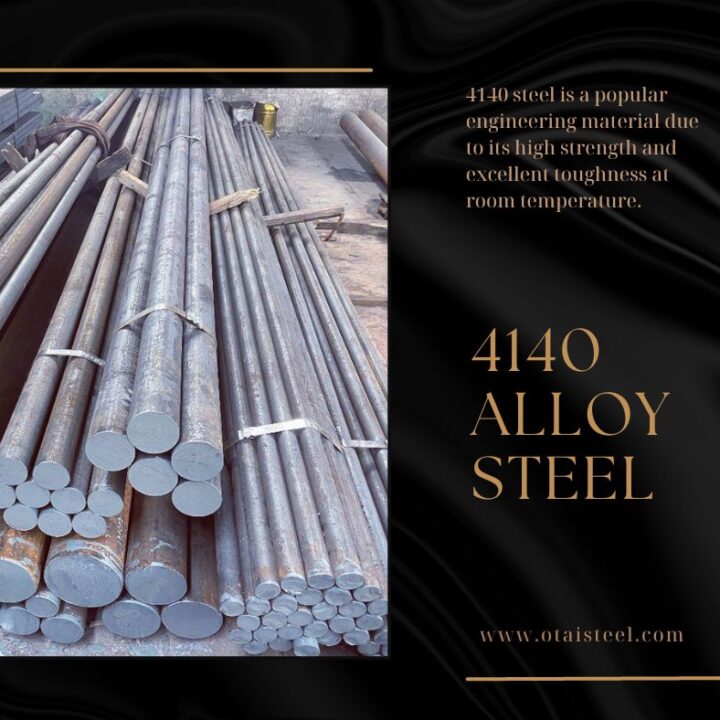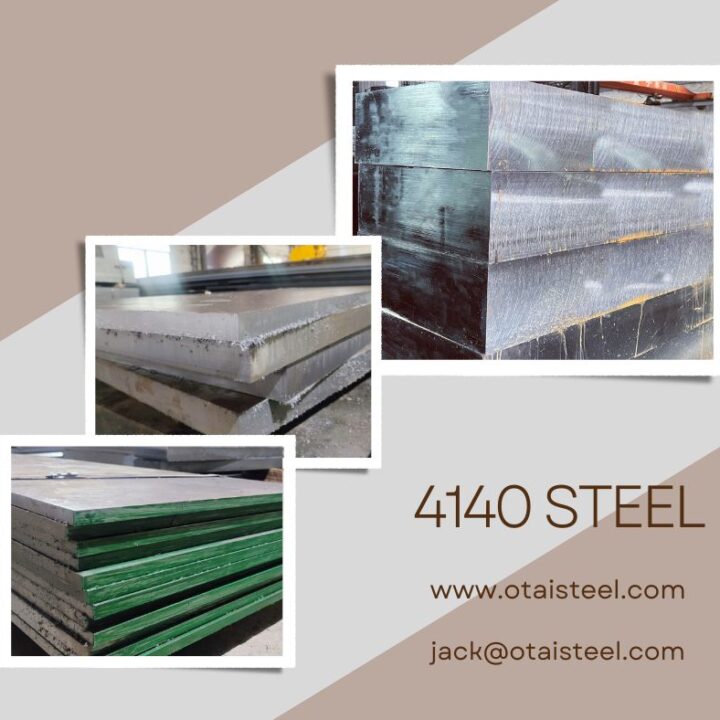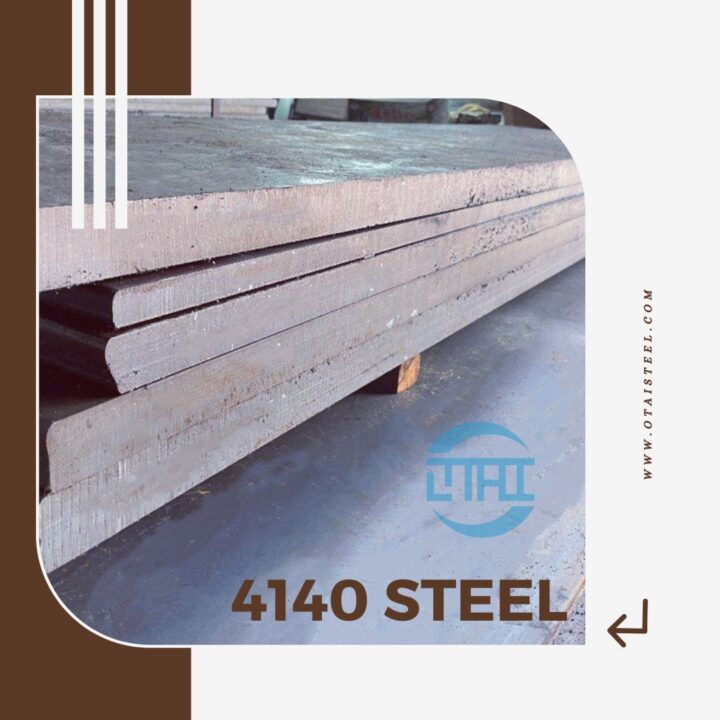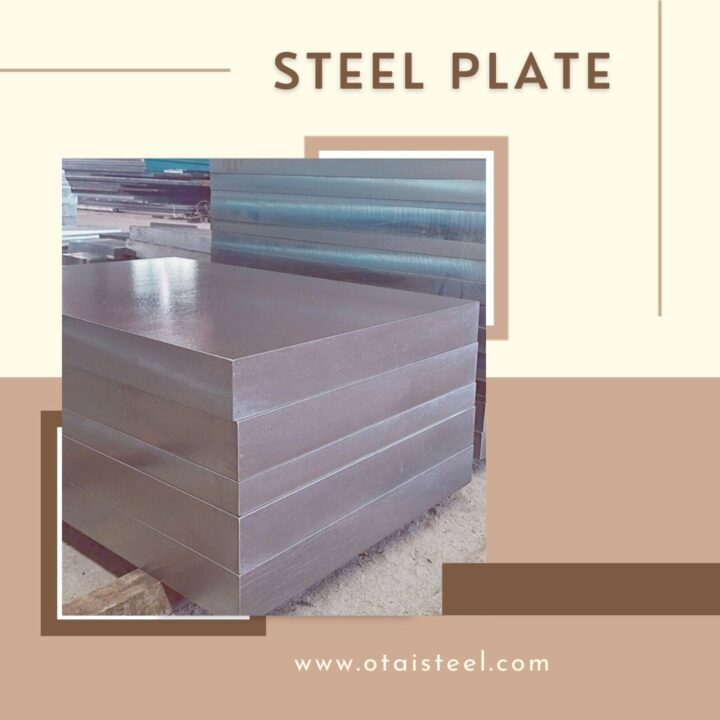In order to reduce or eliminate the adverse effects of Cr12Mo1V1 ,which of the uneven distribution of eutectic carbides on it,which it on the mechanical properties and deformation of the mold, it is necessary to forge the raw materials. If it is not forged, it is necessary to seek to improve the unevenness of carbide distribution from heat treatment. The adverse effects are extremely difficult.
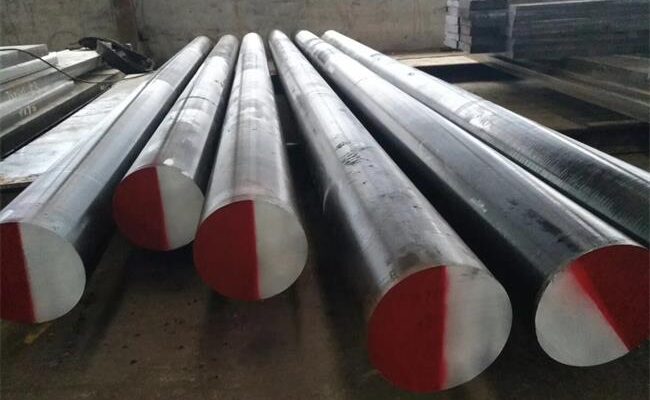
Forging process of Cr12Mo1V1 steel
The reasonable forging process of Cr12Mo1V1 steel is as follws:
Preheating temperature: 750 ~ 850 ℃;
Heating temperature: 1080 ~ 1120 ℃;
Initial forging temperature: 1050 ~ 1100 ℃;
Finishing temperature: 850 ~ 900 ℃;
Cooling method: slow cooling (pit or sand cooling)
Cr12Mo1V1 steel has poor thermal conductivity
During the forging process, the heating and cooling speed should not be too fast, so as to avoid excessive temperature difference and cracking on the cross section of the mold blank. It is necessary to strictly control the forging temperature. If the stopping forging temperature is too high, which causes the grains to grow and coarsen, and carbide aggregation occurs, the mechanical properties of the steel may be reduced; and if the stopping forging temperature is too low, the plasticity of the steel is poor. Increased stress easily leads to cracking and scrapping of the billet.
In order to improve the uneven distribution of carbides in Cr12Mo1V1 steel.
In the forging processing,it is necessary to pay attention to the correct method. Multi-direction and multiple times of upsetting and drawing are generally used, such as three forging three or three or more forging methods, and two light, one heavy, two uniform forging experience. Two light and one heavy refers to tapping at the beginning of forging (in the range above 1050 ℃), the hammering force should be small, and hitting between the intermediate temperature range (950 ~ 1050 ℃) to ensure that the carbides are broken, and it will be lighter again below 950 ℃ Hit to prevent cracking. The so-called bi-uniform means uniform deformation and uniform temperature.
Molds with different performance
The level of carbide distribution unevenness allowed after forging,it may also be different. Generally, molds with high requirements,which for impact toughness and deformation should be controlled below 3 levels. If hardness, strength, wear resistance, impact toughness and deformation are all required, the level of unevenness of carbide distribution should be strictly increased. Control is generally required to be below 2 levels,and it is best to control the cold extrusion die at 1 to 1.5 levels.
Ms Sharon Wan
Mobile/WhatsApp: 0086-13580960968
Tel: 0086-769-23190193
Fax: 0086-769-88705839
Email: Sharon@otaisteel.com
